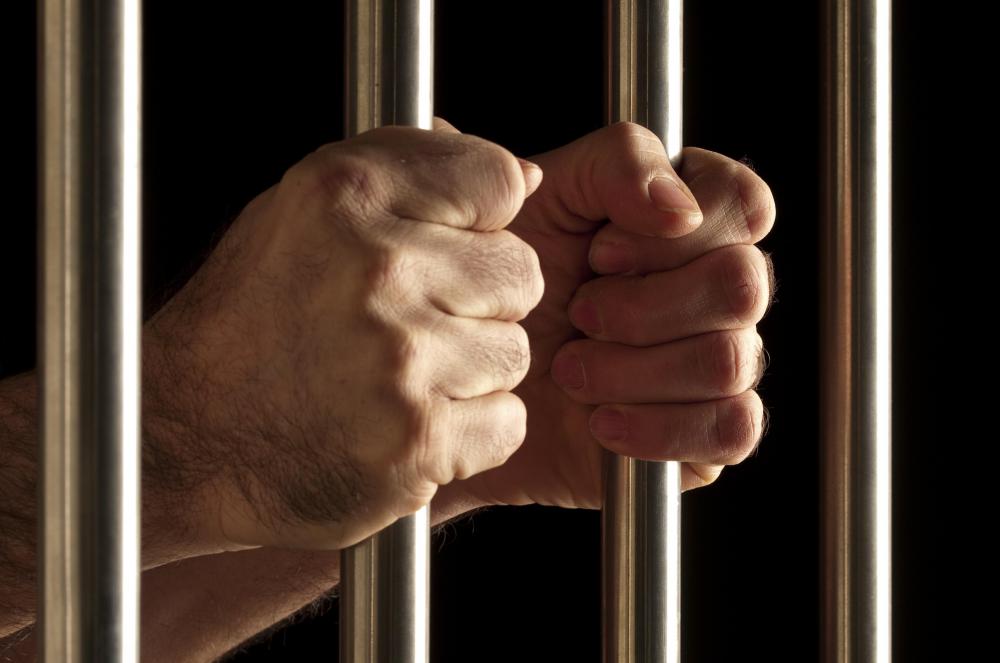At WiseGEEK, we're committed to delivering accurate, trustworthy information. Our expert-authored content is rigorously fact-checked and sourced from credible authorities. Discover how we uphold the highest standards in providing you with reliable knowledge.
What is a Suffragette?
A suffragette was a woman in the early 20th century who wanted the right to vote. The women's suffrage movement had its beginnings in England, but also boasted supporters in places such as the United States. One of the earliest influential suffragists was a woman named Millicent Fawcett. In 1897, she founded the National Union of Women's Suffrage.
Fawcett advocated peaceful protest in order to win people to the cause of women's suffrage. She believed that violence would only hurt the cause, influencing men to feel that women could not be trusted to participate in the political process. Despite Fawcett's peaceful measures of furthering the union's agenda, men in Parliament persisted in thinking that women were unable to understand how government worked; therefore, women shouldn't have the right to vote.

Eventually, some women who supported voting rights for women became impatient with Fawcett's non-confrontational tactics. In 1903, Emmeline Pankhurst and her daughters Sylvia and Christabel founded the Women's Social and Political Union (WSPU). The union became known as the Suffragettes. This newer organization was willing to use violence in order to achieve the right to vote. Membership in the WSPU was limited to women only, and the group began peacefully by speaking at social and trade meetings, parks, and fairgrounds.

It wasn't until 1905 that the group began to employ more aggressive tactics in order to gain widespread attention to the movement. That year, Christabel Pankhurst and Annie Kennedy interrupted a political meeting involving Winston Churchill and Sir Edward Grey. The two women asked the politicians if they thought women should have the right to vote. Instead of responding, the politicians ignored the question. The two suffragettes held up a banner that proclaimed "Votes for Women,¨and demanded the politicians answer their question.
As a result, Pankhurst and Kennedy were ejected from the meeting and arrested for disorderly conduct. Both decided to go to prison in lieu of paying a fine. This event brought widespread publicity to the WSPU, causing sympathetic women to join the movement.
Following this occurrence, the WSPU proceeded to employ more militant methods in order to force England's government to give them the right to vote. Members of the suffragette group broke the windows of popular stores in London, set fire to empty buildings, cut telephone and telegraph wires, burned golf courses, and chained themselves to railings.
When a suffragette was sentenced to prison, she often went on a hunger-strike. In response, prison officials force-fed the female prisoner. This practice ended following public outcry, since force-feeding tactics were traditionally used for prisoners who suffered from mental problems. In April 1913, Parliament passed the Prisoners' Temporary Discharge for Ill-Health Act (also known as the Cat and Mouse Act). This act permitted a prisoner weakened by hunger strike to be released in order for her health to improve. Once the suffragette was healthy enough to resume her sentence, she was imprisoned once more.
A woman suffragette was often attacked physically and verbally by both police and ordinary citizens. The suffragettes' signature sashes or badges in purple, white, and green made them easily recognized on city streets. They organized lavish demonstrations and marches in order to bring more public awareness to their cause, often leading to violent responses from the police. One suffragette named Emily Wilding Davison became a martyr for the movement when she threw herself under the hooves of the king's racehorse during the Epsom Derby. Following her death four days later, crowds of people attended her funeral.
In 1918, Parliament granted women over the age of 30 the right to vote if they owned homes, were married to a homeowner, occupied property charging a yearly rent of at least five pounds, or were graduates of a British university. On 2 July 1928, Parliament declared that all women aged 21 and over could vote. Sadly, Emmeline Pankhurst, who had been so instrumental in the suffrage movement, died weeks before the bill became a law.
AS FEATURED ON:
AS FEATURED ON:












Discussion Comments
Women, both in England and the United States fought hard to gain the right to vote. I'm sad that this couldn't have been an easily won fight but the one good thing that has come out from the struggles of suffragettes is that women will never forget how they gained this right.
I know that in the United States, every year on the date that the 19th amendment was passed, which gave women the right to vote, women celebrate just as they had ninety some years ago. I don't think there is a more significant holiday for women. Sister suffragettes would be happy to know that there are millions of women who remember and appreciate all that they've done and all they've suffered to gain this right.
Post your comments